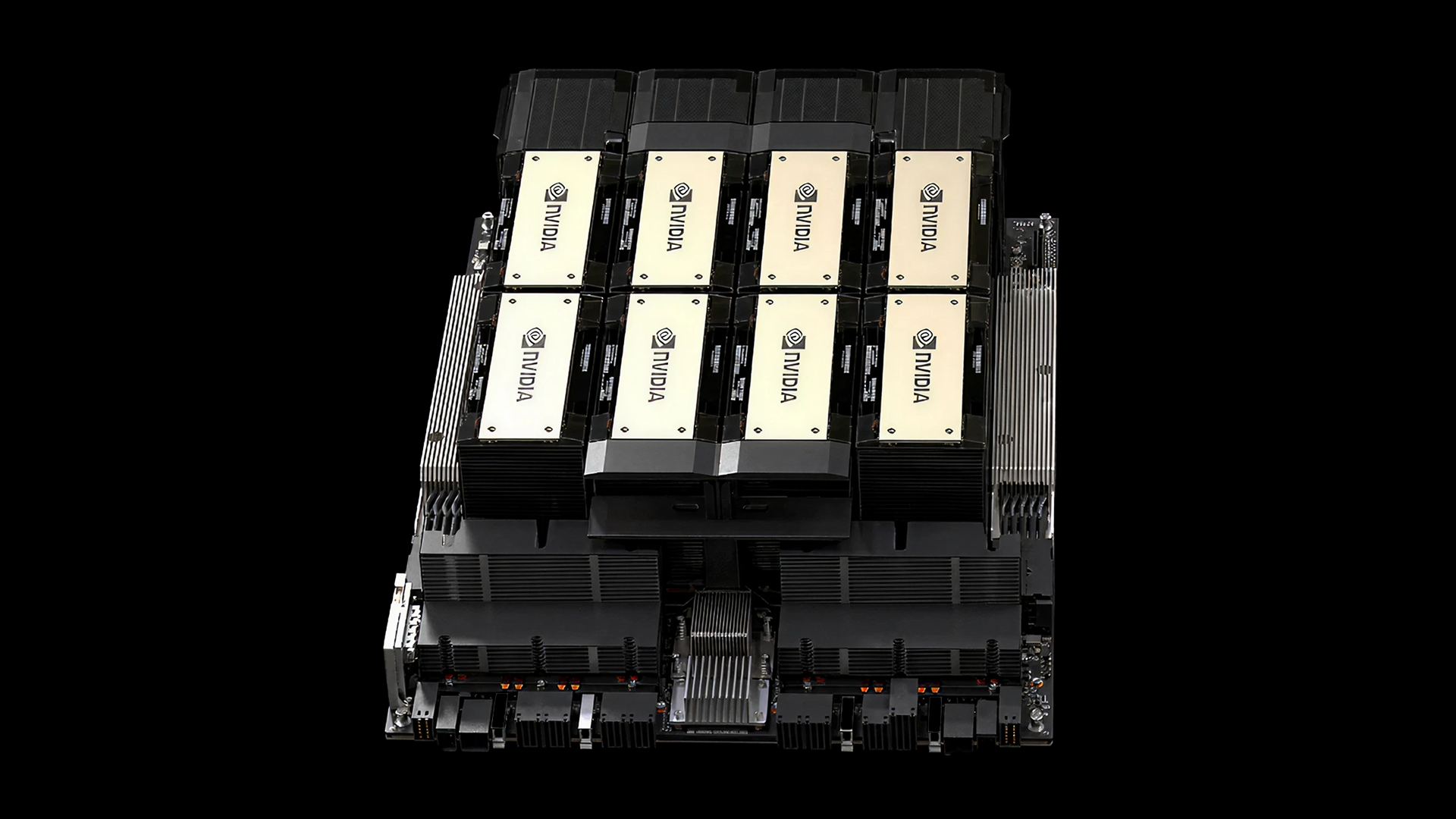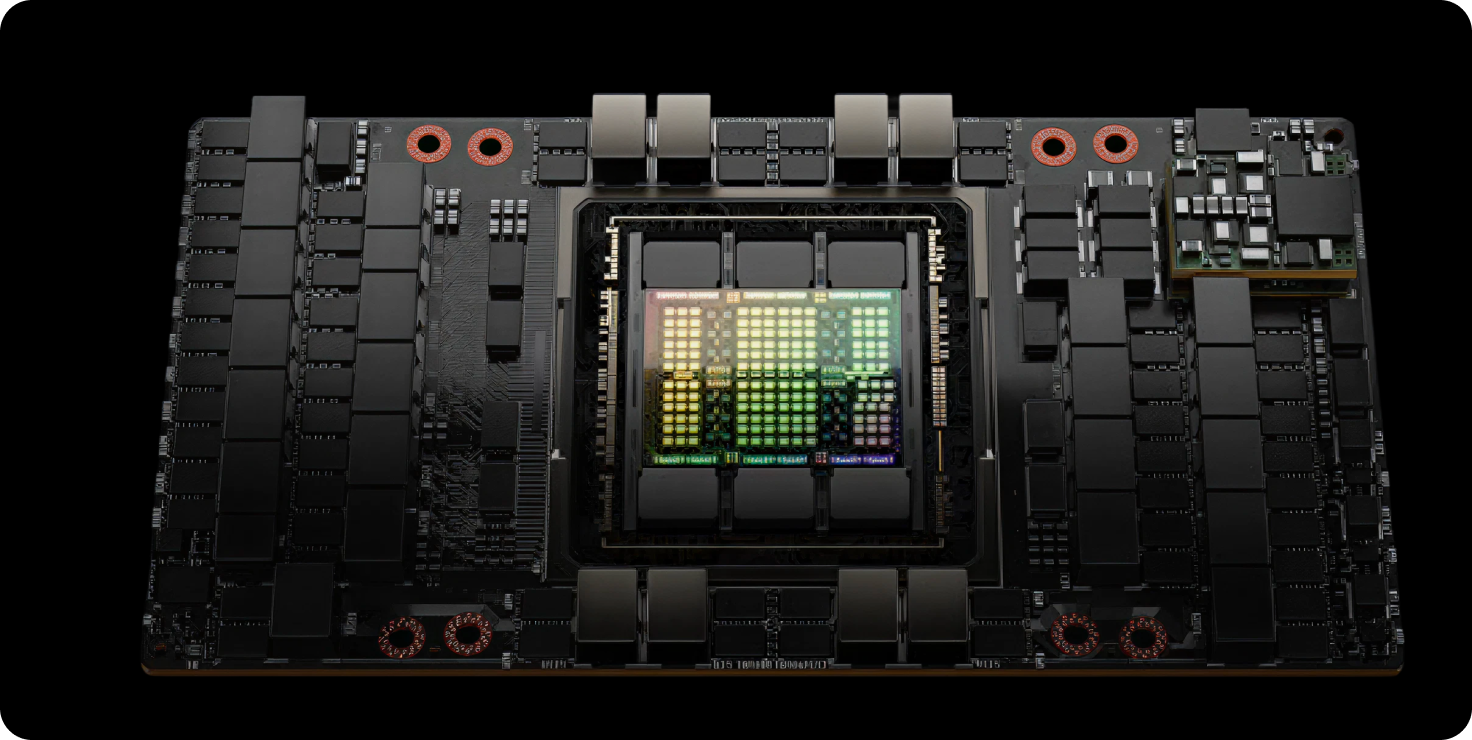Accelerating Protein Engineering with
Canopy Wave's GPUaaS
Foundry BioSciences Case Study
Accelerating Protein Engineering with Canopy Wave's GPUaaS
Executive Summary
Foundry BioSciences, a startup working at the frontier of technology to increase longevity and elevate quality of life is leveraging AI, specifically protein language models (LLMs), to massively accelerate their research and development in protein evolution. Searching for cost-effective, stable, and high-performance GPU resources, they turned to Canopy Wave's GPU-as-a-Service (GPUaaS) platform. By utilizing Canopy Wave's 16xH100 GPU instances, Foundry BioSciences reduced training times, minimized operational waste, and benefited from superior support— outperforming competitors like AWS and Google in stability and responsiveness. This case study highlights how Canopy Wave's robust and high-performance GPUaaS infrastructure empowered Foundry BioSciences to scale their protein engineering workflows efficiently.
Company Background
Foundry BioSciences is at the forefront of using AI to accelerate research in protein engineering, training PLMs to work with protein sequences, which is effectively a "special language." With access to approximately 10 million known protein sequences from public databases like the Protein Data Bank (PDB), the company trains models to infer mutations for function improvement. Similar to many other startups actively pursuing protein-focused applications of AI — Foundry BioSciences operates with lean resources, and therefore they are always searching for the most cost efficient means to deploy limit funding for R&D. The working datasets can reach 40TB, requiring powerful yet affordable compute infrastructure, along with cost-effective high-speed storage.
Key challenges in this domain include how to efficient using GPU resources for training/fine-tuning/inferencing smaller-scale protein language models compared to much larger generic LLMs. The models used for protein engineering offers faster iteration cycles but demands reliable GPU access without interruptions.
Challenges Faced
Before partnering with Canopy Wave, Foundry BioSciences encountered several hurdles typical in the BioAI space:
1. High Costs and Inefficiencies:
As a cost-sensitive startup, they prioritized low GPU compute and storage pricing (e.g., per-hour H100 rates and SSD storage costs). Foundry BioSciences often need 16xH100 machines but hyperscaler such as AWS only offer 8xH100 machine, leading to less efficient GPU utilization.
2. Environment Setup and Stability:
Preparing VM images with Bio-specific libraries (e.g., Biopython) and AI tools like PyTorch took significant time. Frequent platform interruptions risked disrupting long training jobs, and simple Kubernetes (K8s) setups on single VMs lacked pre-configured templates.
3. Performance and Scalability Gaps:
Comparisons with AWS (8x A100 instances, much slower) and Google (8x H100, comparable performance but less stable) highlighted the need for better support and intuitive tools to scale to 32 GPUs for parallel training.
4. Support Deficiencies:
Without dedicated guidance on resource optimization or technical troubleshooting, similar to AWS's post-sales support, innovation was hampered.
These issues are common to many other startups in the field: GPUaaS infrastructure limitations from the hyperscaler leads to inefficient use of capital for R&D, impeding progress.
Solution: Canopy Wave's GPUaaS Platform
Canopy Wave provided a tailored GPUaaS solution that addressed Foundry BioSciences' needs through its user-friendly interface, flexible machine size scaling and high-performance infrastructure. Key features implemented include:
• High-Performance GPU Instances:
Foundry BioSciences deployed 4x to 8x H100 VM instances. This setup matched their requirements well — using smaller language models optimized for protein engineering — delivering training completion in two days on 8 GPUs.
• Cost-Optimization Tools:
With the platform's intuitive snapshot functionality admins could create and save snapshots of machine images with pre-installed libraries frequently used in protein work for later rapid re-deployment, reducing setup time.
• Efficient Data Management:
By leveraging S3-compatible storage for data transfers, users can accelerate onboarding of large datasets.
• Stability and Support Excellence:
The platform's reliable environment prevented interruptions, and dedicated support teams offered guidance on resource allocation, technical optimization, and best practices—surpassing AWS and Google in responsiveness.
From a product design perspective, Canopy Wave's SaaS GUI emphasized intuitive controls: a dashboard for real-time usage monitoring, one-click snapshot/resume buttons, and customizable templates in the VM creation wizard. Performance metrics focused on training time, with visual charts for quick insights, ensuring admins and users could manage clusters effortlessly.
Results and Benefits
The partnership yielded measurable improvements:
• Performance Gains:
Canopy Wave's 8x H100 clusters delivered up to 4× faster training compared to AWS's 8x A100 40GB instances and offered greater stability and responsiveness than Google's 8x H100 setup, enabling parallel runs on 8+8 GPUs. Future scaling to 32 GPUs became feasible with enhanced start/stop features.
• Cost Savings:
Reduced idle time and optimized data transfers lowered overall expenses, aligning with Foundry BioSciences' focus on affordable per-hour GPU and storage pricing.
• Operational Efficiency:
Image preparation time dropped significantly via templates and snapshots, allowing focus on innovation rather than setup.
• Enhanced Stability and Support:
No disruptions to long jobs, and proactive support accelerated problem-solving, fostering a collaborative relationship.
Quantitative highlights:
- Training time: 2 days per model on 8x H100 GPUs.
- Dataset handling: 40TB processed without GPU bottlenecks.
- Scalability: Potential for 4x faster training with 32 GPUs.
Future Outlook
Looking ahead, Foundry BioSciences plans to expand GPU usage for more complex models, potentially integrating with emerging BioAI tools. Canopy Wave is committed to evolving its SaaS platform with features like AI-driven autoscaling, advanced analytics dashboards for training performance, and deeper integrations for conferences like MIPS. This collaboration exemplifies how targeted GPUaaS solutions can propel startups in niche fields like computational biology toward faster discoveries in medicine and vaccines.
For more information on how Canopy Wave can support your BioAI workloads, go to Canopy Wave Cloud or contact our sales team.

